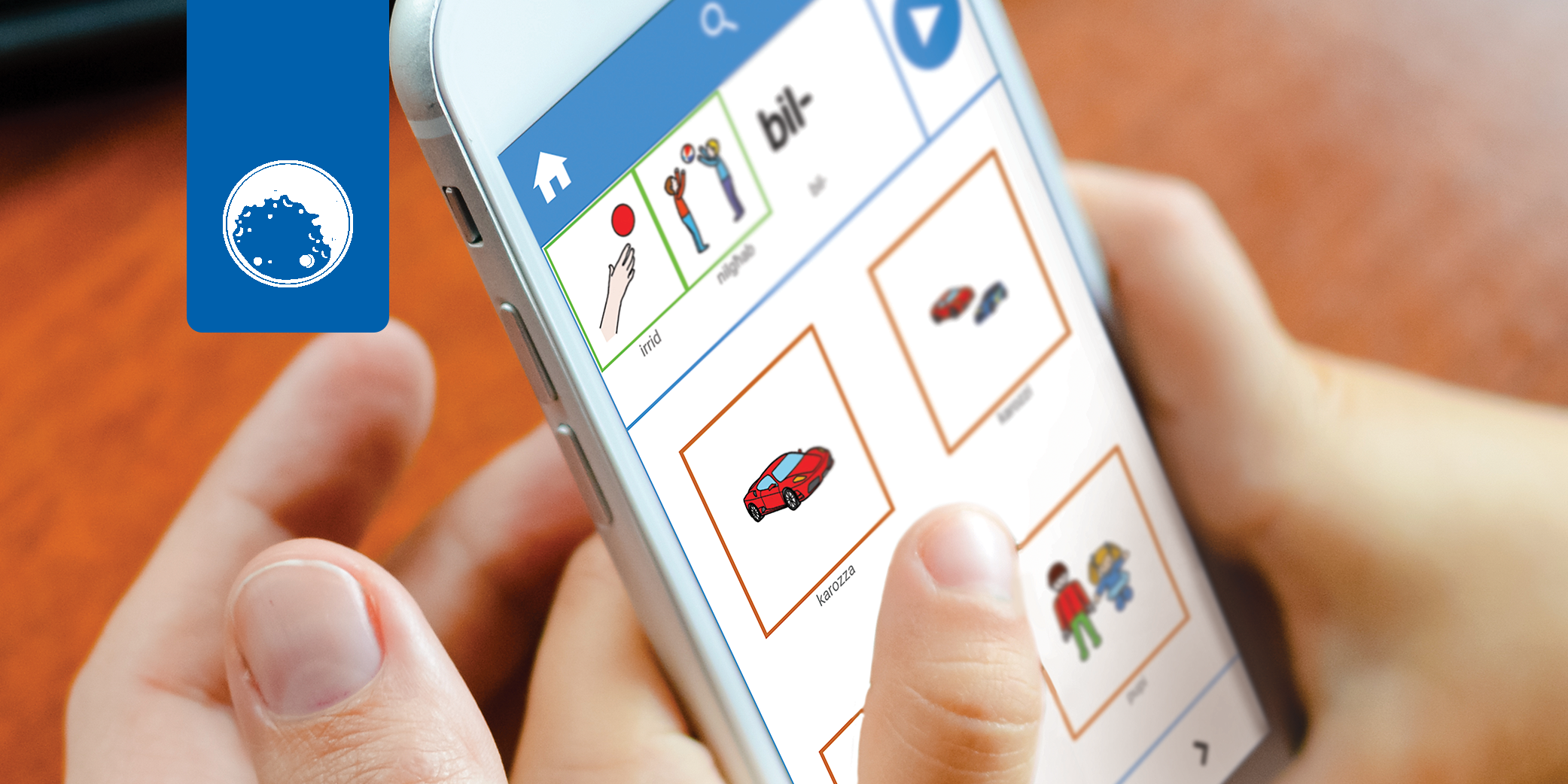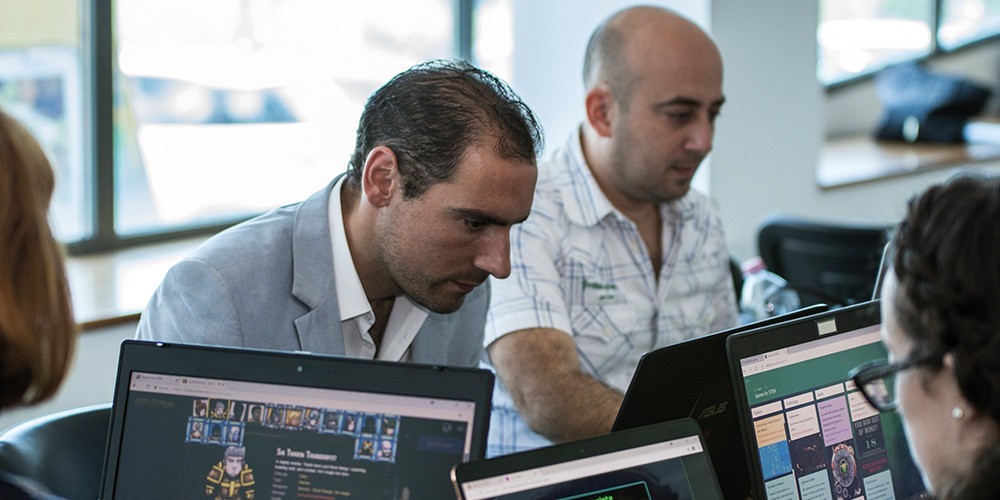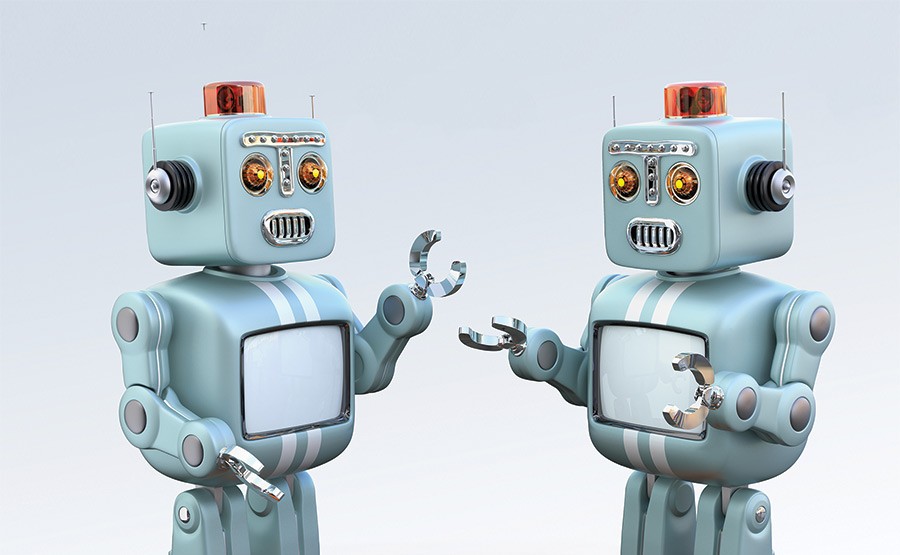Player 1: ready to learn
Can digital games form part of the answer to dwindling attention spans in the classroom? Sara Cameron attended the ‘Playful Learning in STEM’ Seminar at the MITA data centre in June to hear entrepreneur Dr Lauri Järvilehto’s thoughts on the matter.
Our attention is constantly bombarded by the likes of mobile games, social media, Netflix, and Google. Adults are having a tough enough time focusing, let alone children sitting at their desks trying to wrap their heads around algebra and particle physics. Textbook lessons are fighting a losing battle with personalised entertainment. But there is light at the end of the tunnel. Dr Lauri Järvilehto, co-founder and chairman of Finnish startup Lighteneer, believes his team might have a solution. Games see kids experience progressive challenges. Children, as players, use diverse problem solving abilities, then receive instant feedback, satisfaction, and a sense of achievement. To ignite that same fire for games in learning, education needs to tap into that world and harness what makes it special. The feat, Järvilehto explains, is finding balance. We need games that contextualise mathematical or scientific concepts, allowing players to master these concepts, all while being engaged and having fun. A tall order.
Gamification has the potential to ease the introduction of subjects that are normally considered complex. It can make them more approachable, allowing students to grasp the basics before undertaking formal learning to further deepen their understanding.
‘Our thinking is that great learning games can work as the first spark for the love of learning in future generations. They can convey the awe and wonder you see shining in the eyes of our scientific experts as they tell us about the wonders of particle physics,’ says Järvilehto, speaking at a seminar called Playful Learning in STEM organised by the Science Centre (Ministry for Education and Employment) in collaboration with Malta Information Technology Agency and the Valletta 2018 Foundation.
But whilst digital learning is becoming all the craze, Järvilehto warns that educators should be wary of jumping on this trendy bandwagon. Technology is not a cure-all; there is no magic wand. Lighteneer aims to develop games that complement, rather than compete with, formal learning. He also believes that, even with an abundance of tech-based tools, an engaging teacher is still the best way to improve education and inspire the next generation. Games should be used as an initial spark to reel students in at the outset. ‘Perhaps kids will soon grow to think about particle physics and atoms as something as cool as collecting Pokémon.’ Game learning can be the key to unlocking students’ potential, offering a more accessible route to developing an understanding of complex topics.
To keep up with a fast-changing digital world, we must acknowledge its challenges and adapt. Games can’t solve this puzzle alone, but used in the right way, they can be a tremendously useful addition to a teacher’s toolbox.
Author: Sara Cameron
Training to temper: Emotional learning for young people
Over the last decade, workaholics have been glorified as the epitome of success. Problem behaviour is increasingly framed as ‘interesting’ and ‘quirky’ by certain media. But as mental health and well-being capture public attention, Cassi Camilleri speaks to Prof. Carmel Cefai about his efforts to promote social and emotional learning for children and young people—skills for a lifetime.
Life is life, they say. Trial and error. You live and learn.
But how many times have you been frustrated with yourself because you ‘never learn’ from your mistakes?
How many times have you found yourself in a rough spot because deadlines are a dime a dozen and your to-do list is insurmountable? Your phone is ringing off the hook. All the people you have been ignoring are sending angry emails. You have not slept properly in days. All the while, you continue to dig your heels in, creating more issues with the people around you because you are so overwhelmed you cannot communicate like a decent human being. You are 40. Still think learning from experience is the only way you can go about this?
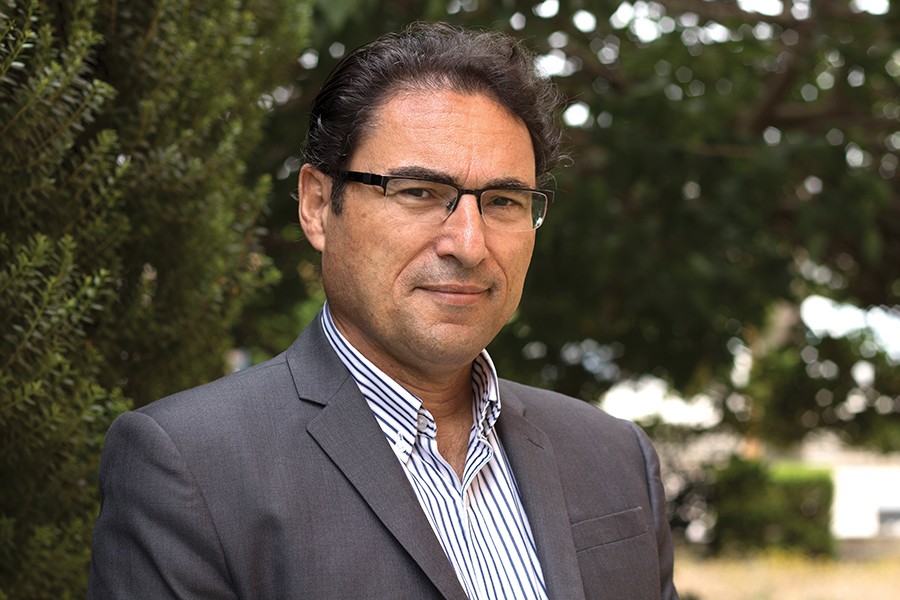
Human beings love patterns, routines. We love repeating what works. We also tend to repeat what doesn’t though, because change is hard. But solutions exist. At the University of Malta (UM), Prof. Carmel Cefai (Faculty for Social Wellbeing), is hard at work pushing for social and emotional education (SEE) to be promoted and strengthened at all levels in Malta and Gozo.
His appreciation for the importance of relationships and addressing students’ emotional needs in learning started over 40 years ago when Cefai was working as a primary school teacher. ‘Getting to know the students individually, what they like, what makes them tick, providing individual attention according to their needs, was an important part of the teaching process. When I was teaching at Qormi, on Monday mornings my students and I would talk about horse racing—which horse won which race that weekend? I learnt many of the horses’ names even if I wasn’t that interested in horse racing. But then during the week we ended up using horses as examples during class. It was a good and easy way to engage students.’
Cefai agrees that while overprotecting young people is counterproductive, students should have the skills to make informed choices, avoid taking too many unsubstantiated risks, and make some but not too many mistakes. ‘We do not need to experience highly stressful, painful, or traumatic experiences to learn or grow. The process of growth does not require that we become dependent on alcohol or drugs, engage in criminal behaviour, contemplate suicide or struggle with depression.’ Playing devil’s advocate, I say that such experiences provide their own brand of wisdom, but Cefai quickly retorts that whatever the takeaway may be, even if it is a positive: ‘the price paid is much too high.’
Where do we begin?
The majority of western culture, including Maltese, has a very particular problem when it comes to education—the whole process is vehemently geared towards academic achievement. There is a pervasive obsession with tests and grades. So the first thing we need to do, states Cefai, is move away from that. ‘Education is not just preparation for work. It’s also about the integration of cognitive, social, and emotional processes that make us human. If we provide an education based only on academic achievement, we will be shortchanging our children and depriving them from a good, quality preparation for adulthood,’ he says—the whole aim of education.
Rather than what kind of jobs people do, or what successful businesses need, as educators we need to ask: what kind of life would this child or young person be happy living?
SEE is the process by which an individual develops social and emotional competence through curricular, relational, and contextual approaches, skills that can be used for personal, social, and academic development. The concept already has a proven track record, Cefai notes. Where successfully implemented, SEE ‘has already brought about a paradigm shift in education, […] transforming it into a more meaningful, relevant, and humane process.’
Malta has come a long way already over the last few decades. Cefai remembers when, as a primary school teacher, he had tried to support a young school child with mental health difficulties who was not only ridiculed and bullied by the other children, but also shunned by adults because of his ‘odd’ behaviour. ‘The boy clearly needed help from specialised professionals,’ notes Cefai. ‘But he also needed to attend school and learn with people his age. The alternative was to stay at home, which he inevitably did because he was often absent.’ Thankfully, things worked out in the end. ‘With the help of the head of school and some professionals, we managed to make some inroads and his behaviour started to improve. But I remember back then struggling with lack of professionals, fragmented services, and rampant stigmatisation.’
The situation has continued to improve since then. Cefai promptly lists the good practices which are already in place. ‘We have Personal, Social, and Careers Education which has been in schools for years now. There have been various national initiatives promoting students’ well-being, all working to prevent school bullying and violence, early school leaving and absenteeism, as well as to promote inclusion in all shapes and forms. Many colleges and schools have also been engaged in various initiatives to promote social and emotional learning, such as Circle Time, Restorative Justice and Resilience building.’
Not only that, but Cefai himself has worked with colleagues at the UM to found the Centre for Resilience and Socio-Emotional Health at the University, as well as with European counterparts to set up the European Network for Social and Emotional Competence. ‘Our centre has been quite active over the years in providing training for school teachers in these areas, particularly in resilience development. We are also presently working with the Ministry on SEE training of practising staff in the early years,’ he adds. But there is still much more to be done…
Priorities
 Children’s development can be badly affected if their social and emotional well-being is not adequately addressed, says Cefai. This gap in emotional learning allows for educational systems to be driven primarily by market economy needs. Rather than what kind of jobs people do, or what successful businesses need, as educators we need to ask: what kind of life would this child or young person be happy living? The market-driven approach is focused on performance, individualism and competition, with little time and space for collaboration, sharing, compassion, and solidarity. Sadly, this situation is seen all too often.
Children’s development can be badly affected if their social and emotional well-being is not adequately addressed, says Cefai. This gap in emotional learning allows for educational systems to be driven primarily by market economy needs. Rather than what kind of jobs people do, or what successful businesses need, as educators we need to ask: what kind of life would this child or young person be happy living? The market-driven approach is focused on performance, individualism and competition, with little time and space for collaboration, sharing, compassion, and solidarity. Sadly, this situation is seen all too often.
So, how do we fix this? How do we make SEE a priority? Cefai immediately runs off a list of to-do’s. ‘We need to give social and emotional education more space and time in our schools. We need to invest more in teachers, giving them better training, and supporting them in taking care of their own health and well-being,’ Cefai emphasises. ‘Only when teachers take care of themselves and their well-being can they really create healthy, caring classroom environments where people build healthy relationships. It’s only then that they can respond effectively to students’ needs and become good role models.’ We also need to put more effort into the early years, when the building blocks of mental health and well-being are laid. We need to encourage schools to take a more holistic approach, to give students a stronger voice, to encourage parents to take a more active, participative role in their children’s education.
Of course this is not all achieved at the snap of our fingers. Resistance is to be expected, nods Cefai. ‘In order for SEE to work, there needs to be good quality planning, implementation, monitoring, and evaluation. We know of state-of-the-art programmes which failed to make an impact as they were not implemented well, such as the Social and Emotional Aspects of Learning (SEAL) in the UK which was eventually withdrawn because of lack of effect.’ Looking into reports about SEAL, ‘a superficial approach to implementation (‘box ticking’)’ was one of the main reasons the program failed.
Cefai also says that we need to be careful at all stages to avoid hijacking agendas. ‘Social and emotional learning should always be centred on children and young people’s needs. Their own and others’ well-being. We need to ensure that SEE retains focus on the people it is meant to help, recognising individual differences, while avoiding labelling and pathologising children and young people. SEE is about mental health promotion and well-being and prevention, rather than on deficiencies, deficits, and illness. Another issue is not to let SEE be taken over by the neo-liberal ’business model’ to fuel the market and global economy, where social and emotional skills are simply used to leverage productivity.’ Despite all this, the case for SEE remains tremendously strong.
There are no losers here
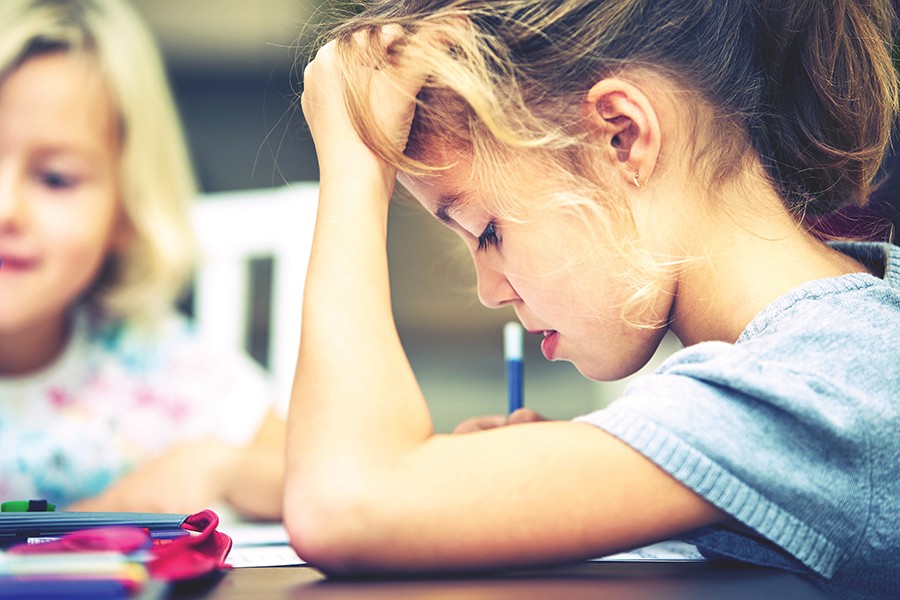 A success story in SEE implementation is a success story for everyone. Reams of evidence through studies can be found touting SEE’s praises. The approach enhances prosocial behaviour and mental health and well-being. It enhances academic achievement and prevents problem behaviours such as delinquency, anxiety, and depression. Such social issues cost taxpayers money to handle, mitigate, and fix. So much so, that the costs involved in setting up SEE are guaranteed to be not only returned, but exceeded. Some studies report that for every €1 invested, €11 will be returned to the economy in various shapes and forms.
A success story in SEE implementation is a success story for everyone. Reams of evidence through studies can be found touting SEE’s praises. The approach enhances prosocial behaviour and mental health and well-being. It enhances academic achievement and prevents problem behaviours such as delinquency, anxiety, and depression. Such social issues cost taxpayers money to handle, mitigate, and fix. So much so, that the costs involved in setting up SEE are guaranteed to be not only returned, but exceeded. Some studies report that for every €1 invested, €11 will be returned to the economy in various shapes and forms.
‘I have been involved in various SEE and resilience projects in schools both in Malta and abroad,’ says Cefai. ‘I have always been very encouraged by the interest, enthusiasm, and collaboration of students, school staff, and parents. Staff and parents have been resistant at times, thinking it will take precious time from academic learning, until they realise that our approach actually enhances it. They may think that SEE is about mental illness, until they they realise that is about health and well-being and learning all rolled into one. Children really like to learn in this way, finding it enjoyable, meaningful, and useful, while teachers reap the satisfaction of seeing their students excel, improving their own lives through their contribution.’
So much of our lives are determined by our beliefs and perceptions. Learning how to process events and information in an effective way can make all the difference in how sequences of events unravel. That violent knee-jerk reaction, that long-standing bitter belief about ‘how the world works’; in difficult times, these thoughts can lead anyone down a long, dark path that’s very difficult to come back from. Social and emotional education that teaches young ones to listen to themselves and respect their feelings, as well as those of others, could begin to change that.
In a world where we are bombarded by stimuli every waking moment, it is not hard to imagine that we need to take the time to look inward and listen—our children depend on it.
Prof. Cefai has recently published three major publications in this area: An EU commissioned report on the integration of social and emotional education in the curriculum, an edited book on the promotion of mental health in schools and another edited book on the child and adolescent well-being and prevention of school violence.
Read more:
Cefai, Carmel, and Paul Cooper. Mental Health Promotion in Schools: Cross-Cultural Narratives and Perspectives. Sense Publishers, 2017.
Cefai, C. et al (2018) Strengthening Social and Emotional Education across the Curriculum in the EU.Review of the international evidence. Luxembourg: Office of the European Commission.
Author: Cassi Camilleri
Talking Toys
While speech development starts early in life, the course of acquiring and processing language in a bilingual country like Malta is challenging. Engineers and language experts at the University of Malta have teamed up to build a toy that will help children overcome that hurdle. Words by Emanuel Balzan.
Toys and play are critical in children’s lives. It is through play that children learn how to interact with their environment and other people while developing their cognitive, speech, language, and physical skills.
The way children play reveals many things including whether or not they are hitting particular development milestones. Play is also used by professionals who intervene when those skills are not acquired. Speech and language pathologists (SLP) use toys to tailor tasks based on their objectives for the child, determined following their assessment. For this reason, toys are vital tools.
With technology moving at the rate it is, electronic components are easier and cheaper to access. As a result, a lot of smart, educational toys are now available on the market. However, Dr Ing. Philip Farrugia (Department of Industrial and Manufacturing Engineering, Faculty of Engineering, UM) honed in on a gap in the market—a smart toy that supports English and Maltese.
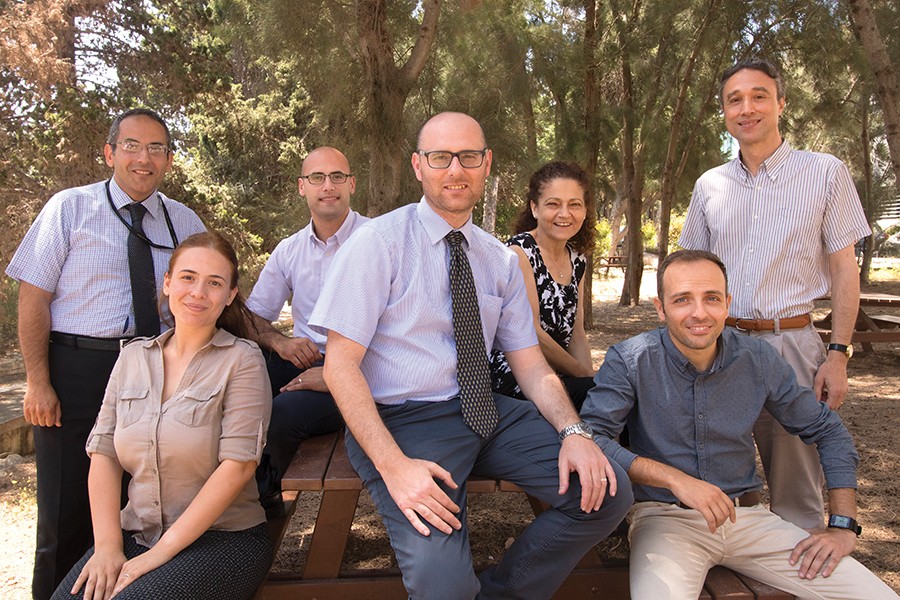
To make this happen, Farrugia recruited a team of researchers from the university. Engineers Prof. Simon Fabri and Dr Owen Casha joined the effort. Researchers Prof. Helen Grech and Dr Daniela Gatt brought their expertise in speech and language acquisition and disorders. The team was finally complete when game development company Flying Squirrel Games stepped into the picture.
Getting down to business
The SPEECHIE project is divided into three stages. During the first phase, we sought to understand the process of speech and language acquisition, assessment, and therapy. We involved users through workshops that allowed us to observe children’s play and their toy preferences. We also conducted focus groups with parents to identify what they most wanted from toys. During these sessions, one parent noted how ‘there are not any [educational] toys in Maltese our little ones can play and interact with.’ Others agreed with this observation. Parents also raised concerns about children’s attraction to tablets and smartphones, noting how they interfered with social interaction. On the tail end of this discussion, one parent quickly added that ‘the toy must have something to make it feel like a toy and not a gadget.’
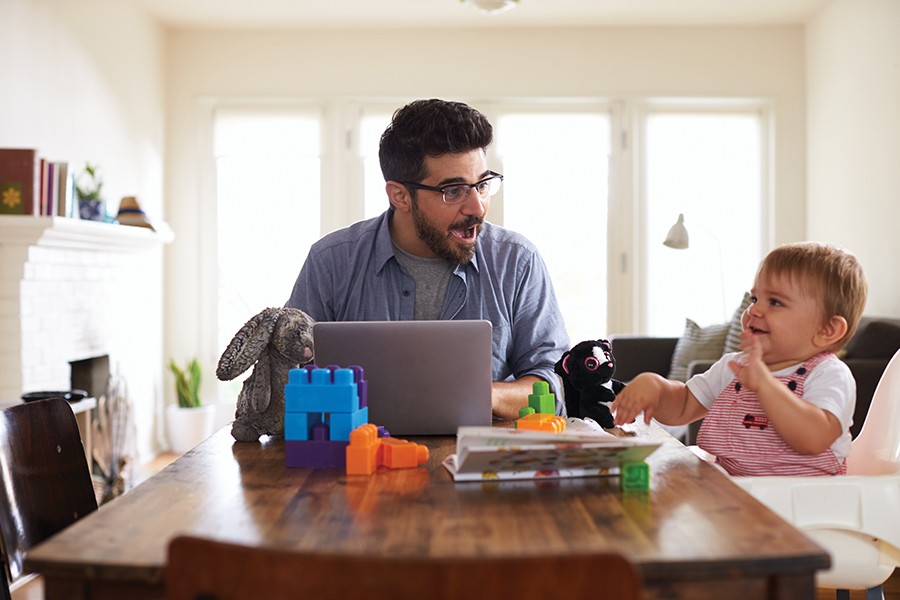 With further questioning, we also came to realise that different parents have different criteria when deciding to buy a toy. One parent told us that before buying a toy for her daughter, she would ‘try to see for how long she will play with it and what the toy will give her in return.’ Another parent, concerned about toys’ safety, checks for the CE mark (Conformité Européene) prior to purchasing the toy, saying that he associates the mark with better quality. However, he also confessed that ‘in the hands of children, nothing remains of quality. Give them something which is unbreakable and they will manage to break it in one way or another.’
With further questioning, we also came to realise that different parents have different criteria when deciding to buy a toy. One parent told us that before buying a toy for her daughter, she would ‘try to see for how long she will play with it and what the toy will give her in return.’ Another parent, concerned about toys’ safety, checks for the CE mark (Conformité Européene) prior to purchasing the toy, saying that he associates the mark with better quality. However, he also confessed that ‘in the hands of children, nothing remains of quality. Give them something which is unbreakable and they will manage to break it in one way or another.’
Since our toy is intended for use in speech therapy, we went ahead and organised more focus groups with SLPs. Outlining the role of toys in their clinics, SLPs said ‘[they] are normally used as a reward. If you know that this child likes blocks, then you use them to motivate the child.’ Toys are also used as part of the language tasks SLPs give. ‘We use objects to put a grammatical structure in a sentence. Many times you find something that represents a noun, a verb, an object and then put them together’ to model the appropriate sentence construction. This prolific use of toys, however, brings with it a very practical problem. One SLP explained how challenging things can get on a day-to-day basis due to the lack of multipurpose toys. ‘We are always carrying toys… we are always carrying things around with us. Even our cars… it is like I have ten kids,’ she said.
To address this issue, SLPs emphasised how useful it would be to have a flexible toy with multiple functions. One that does not bore children and which they can use to target different speech and language therapy goals. They also drew our attention to a prevalent but damaging mentality that they are trying to address. ‘Unfortunately, the majority of Maltese parents have a mentality that the more money they spend and the more therapy sessions for their children, the sooner the problem is alleviated, but in reality this is not true. The work needs to continue at home on a daily basis. It is not solely our responsibility,’ the SLP said. Much like when we practice daily to learn to play an instrument, speech and language therapy works the same way.
Sharon Borg, an experienced occupational therapist from the government’s Access to Communication and Technology Unit, said that the toy we had in mind could provide a simple way for parents to engage with their children and work at home on related exercises. Borg’s colleague, Ms May Agius, also noted the need for the toy to offer ‘surprises’, saying that ‘anticipation and elements of surprise draw kids and keep them engaged.’
Here we have only touched the surface of all the ideas brought forth. However, by considering the children’s, therapists’, and parents’ needs early in the engineering design process, we should be able to reduce the number of design iterations we have in future.
Reaching out
Design is key. Based on the feedback from the focus groups, we have now started working on the hardware and the software. But the journey is not straightforward. One issue we needed to deal with was the lack of compatibility between the 3D modelling software Flying Squirrel Games used and the technology used by the UM. From an academic point of view, because of the innovative nature of the toy we are making, we needed flexibility, so we modified Flying Squirrel’s virtual model to add different mechanisms which involve moving parts. These alterations now allow us to create support to fix electronic components within the device and ensure that no moving part is impeded by another part. As a result, assembly is much easier.
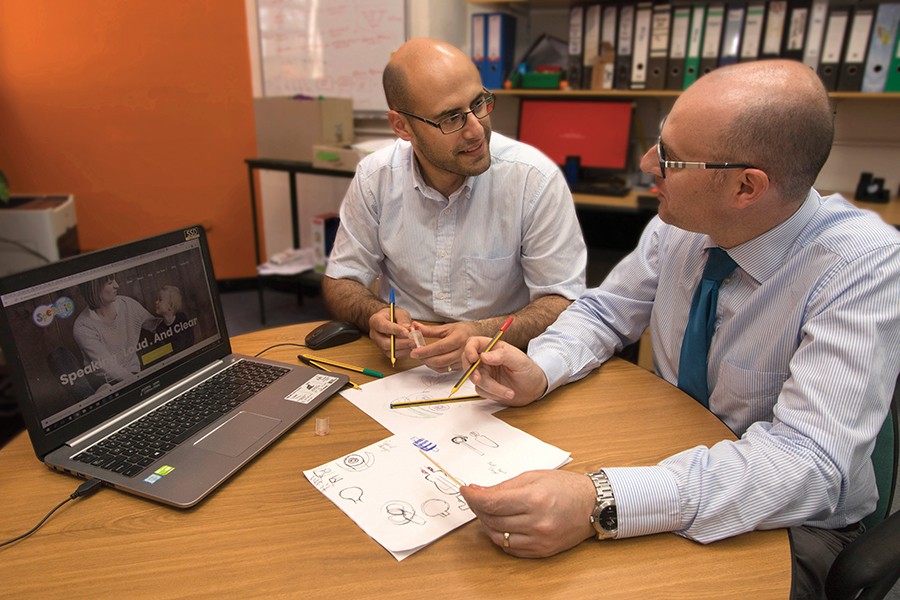
We have also made the decision to build SPEECHIE software using modular blocks. This will enable us to switch parts and functions around so we can widen the idea of who might enjoy our product. The toy will not only be of use to children with speech and language impairments, but also to others. This approach was inspired by a meeting with behavioural economist Dr Marie Briguglio who warned us that labelling the toy could be stigmatising. She explained that it should not become ‘an isolated toy which kind of becomes a label: because I have this toy, that means I have speech impairment.’
Despite the aversion some parents felt towards technological devices, as said during focus groups, Borg also encouraged us not to shy away from using them. She said children with autism responded very well to technology, and therapists will make the best choice for the child to improve their skills. To hit a sweet spot in between these views, we are incorporating functions that will allow for a kinesthetic learning experience that involves physical activities rather than passive consumption of instructions. We want to mix different modes of play to encourage effective learning. We do not want kids to sit and watch their toy, but to move around, dance, and sing with other children.
With all of these choices under our belt, we now have a working prototype. But the SPEECHIE toy is not yet complete. In fact, the coming months will see us working on the mechanisms and the interfacing of electronics.
Towards the end of the year, we will start putting the toy into preschoolers’ hands to determine its effectiveness and efficiency in regard to speech and language therapy. To do this, we will compare the progress of children who use SPEECHIE with those who only use traditional SLP methods.
What we hope is that this toy will encourage parent-and-child interaction through play. We want to enable more frequent use of both Maltese and English and allow children to be safely exposed to technology and to a fantastic learning experience—all while having a ball.
Note: We are excited to share these insights about SPEECHIE with the public, and if you would be interested in joining on this journey by participating in the evaluations, get in touch here: speechie-web@um.edu.mt
This research is financed by the Malta Council for Science and Technology (MCST) through the FUSION Technology Development Programme 2016 (R&I-2015-042-T).
Author: Emanuel Balzan

